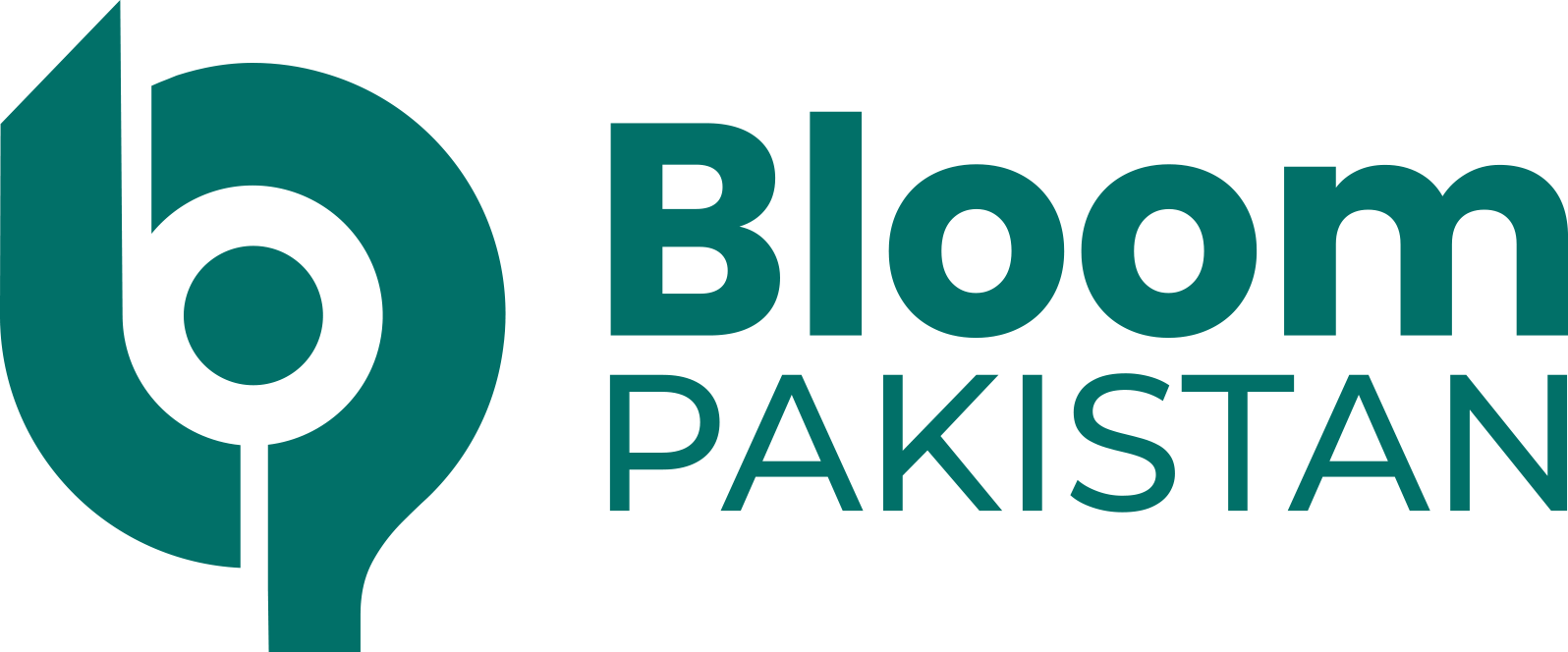Islamabad, Feb 7: In a surprising move, Huawei unveiled the Mate XT, the world’s first commercially available tri-fold smartphone, leaving Samsung in a position to catch up. Despite being under significant trade sanctions, Huawei’s rapid advancements in foldable technology have raised the stakes in the market. With Samsung, a tech giant with no such restrictions, now feeling the competitive pressure, the company is gearing up to unveil its own tri-fold device the Galaxy G Fold. The expected launch is set for the third quarter of 2025.
A New Inward-Folding Design for Durability
One of the standout features of the Galaxy G Fold is its inward-folding design, which is a major deviation from Huawei’s Mate XT. While the Mate XT follows an S-shaped folding pattern, the G Fold will fold inward on both sides, providing added durability. This design helps to protect the device’s flexible screen from external damage, such as sharp objects, when the phone is closed.
Additionally, the Galaxy G Fold will feature a 9.96-inch display when fully unfolded, delivering a tablet-like experience. This is a significant upgrade over the 7.6-inch screen of Samsung’s Galaxy Z Fold 6. Despite the larger display, the device is expected to maintain a compact form with a folded height of 6.54 inches, offering users both portability and functionality.
| Specification | Huawei Mate XT | Samsung Galaxy G Fold |
|---|
| Folding Pattern | S-shaped folding | Inward folding on both sides |
| Display Size | Unfolded screen size not specified | 9.96 inches unfolded |
| Folded Height | Not specified | 6.54 inches |
| Target Audience | General consumers | Power users, professionals |
Hardware Expectations and Market Challenges
Although Samsung has not confirmed the internal hardware of the Galaxy G Fold, it is unlikely to use the Exynos 2500 chipset. Instead, the device is expected to feature Qualcomm’s Snapdragon 8 Elite, with overclocked frequencies, catering to the high performance expected from a flagship device.
However, one major hurdle for the Galaxy G Fold is its likely high price tag. The complexity of tri-fold smartphones, which require advanced hinge mechanisms and multiple flexible screens, means that manufacturing costs will be steep. This could position the Galaxy G Fold as a niche product, designed for power users and professionals who require a device that serves both as a phone and a tablet.
The Next Step in Foldable Evolution
Despite potential market challenges, the Galaxy G Fold represents a significant step for Samsung, marking its first major departure from the Galaxy Z Fold and Z Flip series. With this move, Samsung is signaling its intent to continue innovating within the foldable space. As the official announcement draws nearer, all eyes are on Samsung as it prepares to respond to Huawei’s groundbreaking Mate XT.









